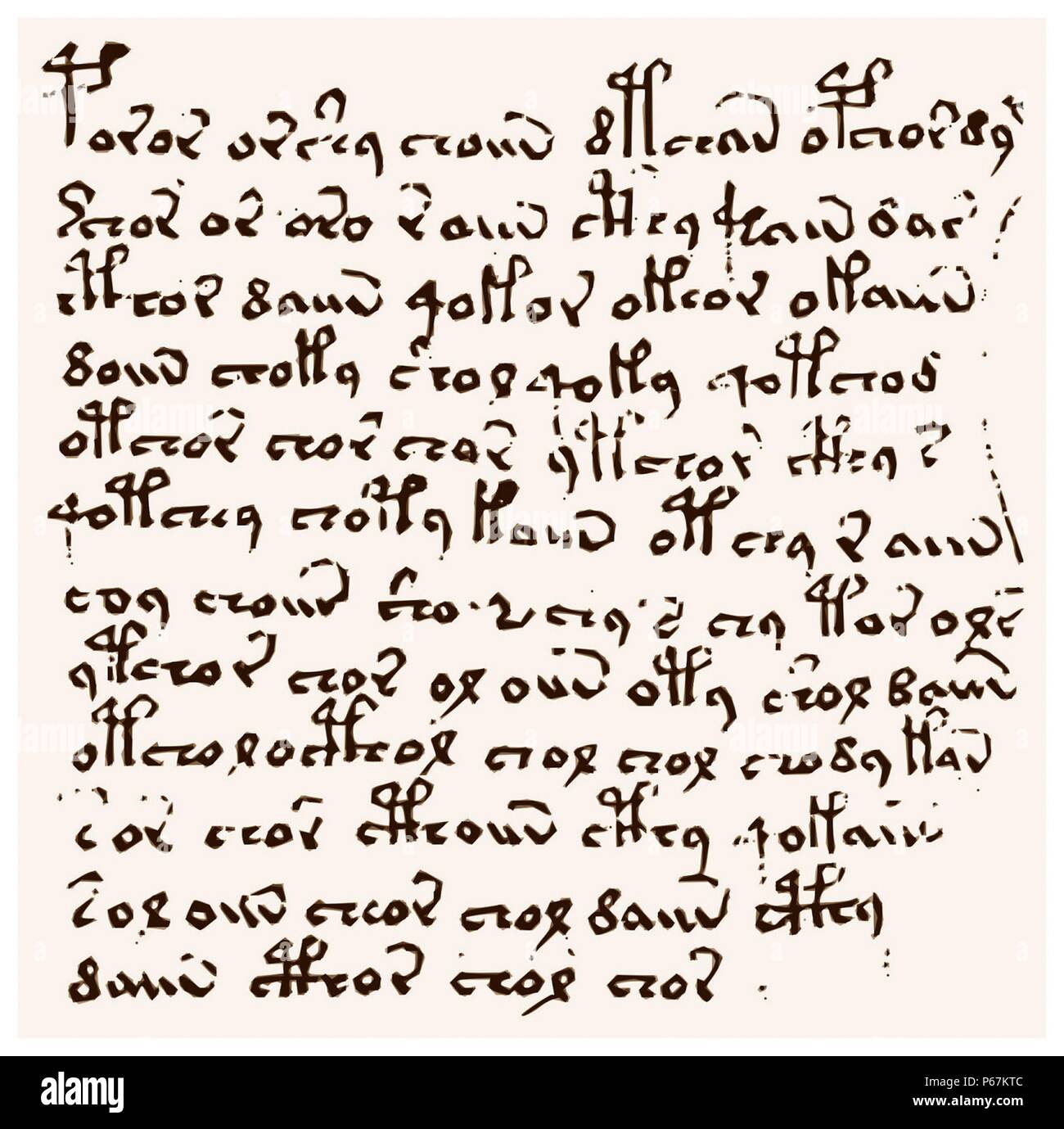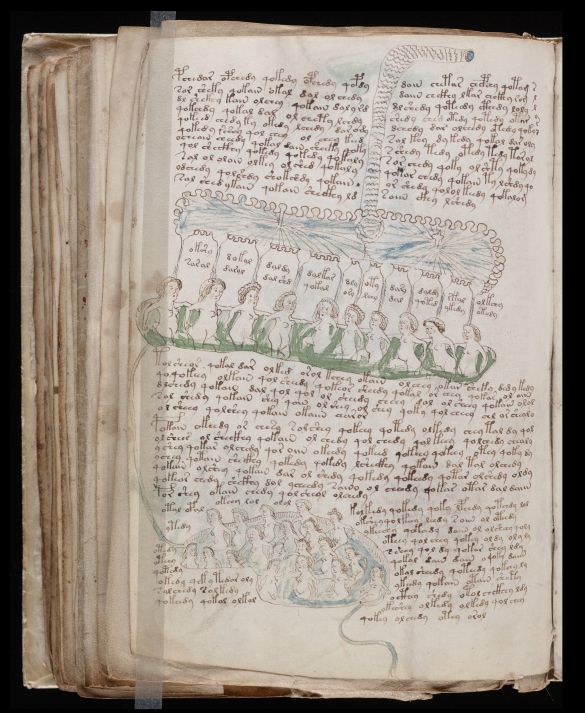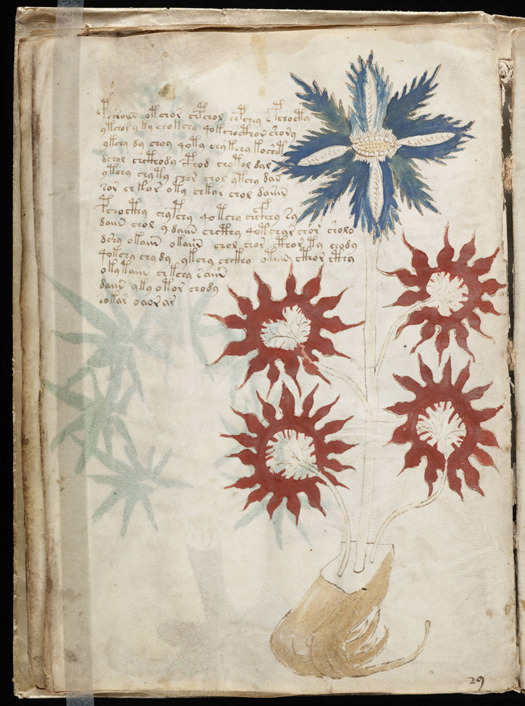

By rebinding it along a different boundary between pages, that oaf may well have helped to keep the manuscript intact – no bad thing, really. In its original arrangement, this sexfolio had one page on one side of the binding and five pages on the other, which would have been somewhat impractical for handling. Back in July 2002, John Grove wrote: “ I’m beginning to thank that oaf for fouling up the numbering” – it is indeed true that these kind of mistakes help us to understand what happened to the VMs pre-1600 in a way that the archival evidence has so far been unable to do.įurthermore, my suspicion is that there was a simple practical reason for what happened with these pages. Moreover, the circular drawing on f68v (“sun-face calendar”) very closely echoes the circular drawing on f67r1 (“moon-face calendar”): this gives powerful support to the idea that these two pages originally sat next to each other.

Many years ago, John Grove pointed out that while the first wide sexfolio of Q9 had originally been bound between f67r1 and f67r2 ( you can clearly see the binding marks laid out flat on the page), it had subsequently been rebound between f68v and f67r1 after the quire numbers had been added (and before the folio numbers had been added). The centre page was originally at the back of the quire (which is where the quire number would have been added), but after the subsequent binding the same page ended up at the front of the quire (which is where the folio number was added) – all of which is why it ended up with both foliation and a quire number on the same page. (4) The Bindings Are Not Necessarily Correct Furthermore, quire numbers ( particularly higher ones such as Q19 and Q20) appear to have been added by later hands, so may well be unreliable for quite different reasons. If f84v ( which has Q12’s quire number on its bottom right corner) originally preceded f78r, this implies that the quire numbers were added after the page order in Q12 had been scrambled ( nobody would have placed a quire number in the middle of a quire). (3) The Quire Numbers Are Not Necessarily Correct I take this as a strong sign that we should be looking in the Voynich Manuscript to reconstruct a sense of order and purpose that has been scrambled by historical happenstance. What is particularly interesting about this visual symmetry between page layouts is that it implies that the drawings in the manuscript had originally been laid out not arbitrarily or randomly (as they now appear), but instead according to some kind of consistent design aesthetic.

the spine of the bifolio was flipped over before it was bound in, so what was initially at the front of the bifolio ended up at the back), and hence that whole bifolio is now upside down. However, because f84v as currently bound appears right at the back of the quire, this means that the bifolio containing it was bound in back to front relative to its initial orientation ( i.e. But really, what clinches the case that these pages did originally face each other is the unusual “pineapple”-like fruit at the top, which appears on both of these pages ( even symmetrically mirroring each other in the top middle!), but nowhere else in the manuscript. Moreover, the two-page layout across f84v and f78r uncannily echoes the two-page layout exhibited on f78v and f81r. which page sat facing f78r, nearer the front of the quire)? If you try every permutation in the water section, I contend that you will find only that one fits perfectly: f84v.

If f78v and f81r originally sat at the centre of the quire (as shown above), what page originally preceded f78r ( i.e. (2) The Bifolios Are Not Necessarily The Right Way Up ( They are not aligned perfectly because the manuscript was fully bound when scanned, leading to perspective distortion.) These two pages must therefore have faced each other in the original page layout, and can only sensibly have appeared at the centre of a quire with consecutive folio numbers: and so the present (non-consecutive) folio numbers are plainly wrong.Īlso highlighted with red squares in the above pair of images is some red paint contact transfer (going from right to left) that apparently happened while the manuscript was in its alpha state. Water flows from the bath on f78v right under a separate bifolio before reappearing on f81r. (1) The Folio Numbers Are Not Necessarily Correct It summarizes information from several sources (perhaps most notably/notoriously my 2006 book The Curse of the Voynich), and to illustrate the various arguments includes reasonable colour images . This page describes what can be inferred about the Voynich manuscript from its physical makeup.


 0 kommentar(er)
0 kommentar(er)
